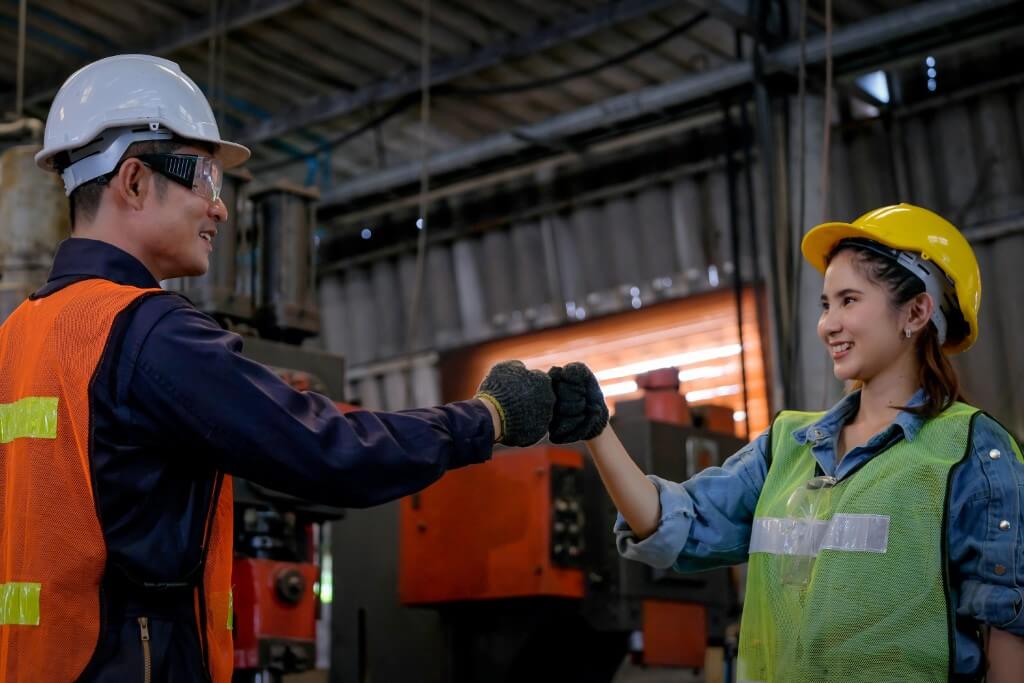- Simplifying Online Liquor Shopping With WhiskeyD - December 7, 2023
- Pros and Cons of Playing Online Casinos in The UK - May 1, 2023
- You Can Transform Your Relationship With Money - December 3, 2022
Alessio Lo Bello’s design for the construction of a small and contemporary rural house along Sicily’s northern coast, between Palermo and Cefalù. The project prioritizes sustainability and a continuous dialogue between the structure and the natural environment.
Because of the natural surroundings and the client’s concern for environmental issues, wood was chosen as the primary material for the entire project. Wood was used not only as a building material, but also as a finishing material.
The house’s framework is made of Xlam, which is a solid multilayer wood material. This material, when combined with panels made of high-density wood fiber, allows the house to have optimal thermal insulation, resulting in significant consumption reductions as well as significant utility cost savings.
The emphasis on having the least possible environmental impact and reducing soil consumption to the bare minimum does not, however, overlook the significant emphasis on having a minimalist and intriguing design, which can be found in every functional area, whether inside or outside.
The home’s picturesque setting, which includes olive groves, winding waterways, and a breathtaking panorama of the sea and the city of Termini Imerese in the distance, adds to its allure.
Let’s take a closer look at this brilliant piece of organic architecture that demonstrates both excellent technique and a cutting-edge aesthetic.
1. A long-lasting structure for maximum living comfort
The ideal contour for maximum living comfort is a volume that is simple, compact, and environmentally friendly, as well as perfectly integrated into the iconic Mediterranean nature. And it is this intention that has driven every design decision made for the house’s actualization, from the definition of the shape to the arrangement of the rooms to the selection of the finishes.
The project’s load-bearing structure was made of Xlam, a multilayer wood construction material with excellent thermal insulation and anti-seismic properties. This decision was made to ensure high energy performance while also considering environmental sustainability.
This allows for a variety of things, including perfectly insulating the interior from the outside, which improves the efficiency of the cooling and heating systems all year. The outer shell was then finished with a ventilated wall made of larch boards because it has a similar visual appearance to the surrounding vegetation.
The domestic environment, which prefers materials free of formaldehyde or toxic substances that are otherwise harmful to health, reflects the significant attention paid to eco-compatibility and health. This is due to the fact that these substances can have negative effects on human health.
2. Interaction between inside and outside homify Wooden modular prefabricated homes
There is an ongoing dialogue between the interior of the house and the exterior space. This is made possible in part by a large walkable area on the house’s south side. A shading sheet protects this area from direct sunlight, allowing you to relax outside in the fresh air.
There are also large full-height glazed openings that allow natural light to flood the domestic spaces and open up the house to the view of the surrounding area. These large openings serve to emphasize the importance of the dialogue that exists between the interior space and its surroundings.
Before delving deeper into the indoor world, take a look at the beautifully furnished outdoor spaces created by extending the flooring of the living room on both the north and south sides. The latter is shaded from the sun by a shading sheet stretched over an iron structure, providing optimal sun protection and an environment conducive to outdoor relaxation. Before delving deeper into the indoor world, let’s take a look at the finer points.
There is also a fully equipped outdoor kitchen with a barbecue and a wood oven that can be used to accommodate a variety of dining and cooking options and contribute to the creation of an environment conducive to living at 360 degrees.
4. The location of tool storage
To round out the functional program, there is a small tool room, which is essential for storing the items needed for the upkeep of the olive grove and garden.
5. The living room or family room
Following the orderly succession of the living room, dining room, and kitchen, which is a linear structure directly embedded in one of the back walls, you are welcomed into the house’s main room, the living area, which was designed to be in continuity with the outdoor spaces. Furthermore, the living area was designed to follow the orderly succession of the outdoor spaces.
The conversation area, which features a comfortable and spacious sofa in the center of the room, is a breath of fresh air. The warmth of the floor space is enhanced by the use of wood as a finishing material on the floors, walls, and furnishings, as well as the fireplace built into the frontal bookcase. The space is divided by the same equipped wall that houses the bathroom and a laundry nook. All three of these features are housed within the volume of this wall.
5.1 Both the kitchen and the dining room
The kitchen is located on the opposite side of the room. It’s set back into one of the back walls and features the same careful use of light wood as the rest of the interior design. Its linear layout contributes to the preservation of a formal purity visual perception, while the large wardrobes contain capacious compartments for optimal space optimization. As an example, consider the dining area, which serves as a link between the two functional areas and includes a solid wood table with seating for up to ten people.

